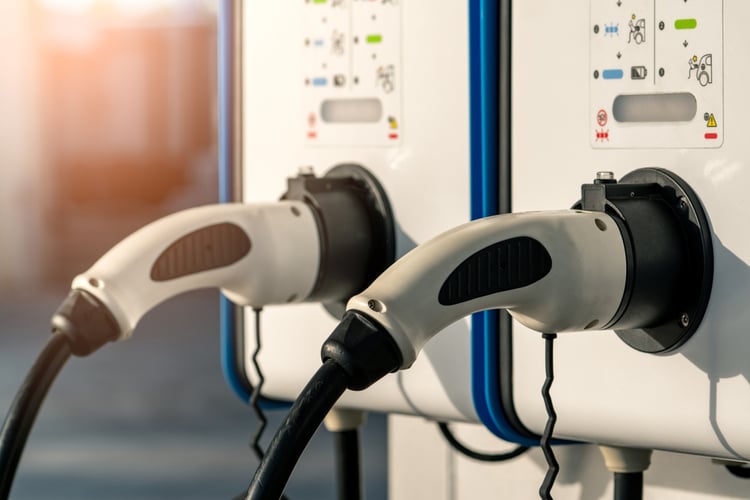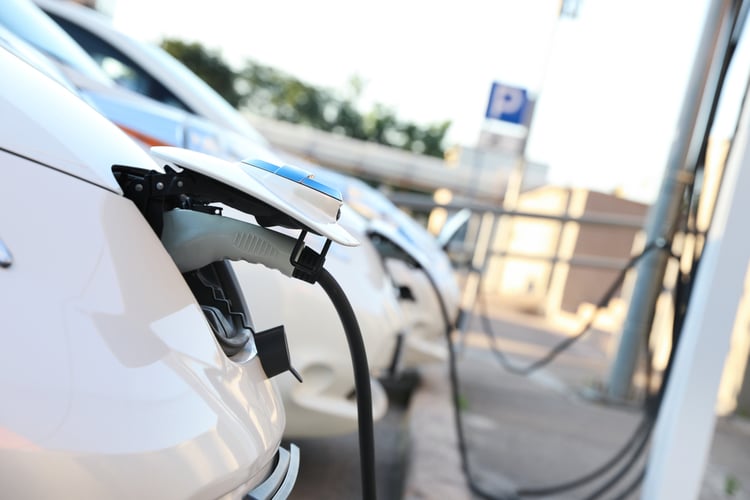Electric vehicles offer a wide range of potential benefits. They can be charged with clean, low-cost electricity from renewable sources , rather than relying on fuel supplies, which often occur in remote locations. EVs can also help eliminate direct emissions associated with transportation, improving air quality in cities. Poor air quality has been linked to health problems such as lung and heart disease.
Unfortunately, there is one important factor limiting EV adoption: the lack of charging infrastructure. In many cases, individuals and companies decide not to purchase EVs due to fear of running out of batteries without charging stations nearby. At the same time, commercial building owners have less incentive to invest in fast chargers since the number of EVs in circulation is relatively small. With widespread access to fast chargers, recharging an EV could become as simple as refueling a traditional car.
Get a professional electric vehicle charging station design for your next construction project.
The Biden-Harris administration is aware that EV adoption is slowed by a lack of charging infrastructure and has responded with the Electric Vehicle Charging Action Plan . With a total investment of $7.5 billion, the US government plans to begin deploying 500,000 fast chargers across the country. This would make charging electric vehicles as quick and easy as going to the nearest gas station.
Biden Harris Electric Vehicle Charging Action Plan: Key Facts

Installing 500,000 electric vehicle charging stations is a huge challenge, both technically and financially. According to an NPR article , each DC fast charger requires an initial investment of about $30,000 to $140,000 plus labor, and the total cost of half a million units could reach $40 billion. The US currently has about 100,000 public chargers, but they have several limitations:
- There are multiple configurations and plug types, and this causes compatibility issues. Electric vehicle owners should just find a charging station, which should also be compatible with their specific car model.
- Many existing chargers are Level 1 or Level 2 units, which require several hours to fully charge an EV. The speed and convenience of a gas station can only be achieved with DC fast chargers, also known as Level 3 chargers. Depending on the EV model, up to 80% charge can be achieved in just 15 to 20 minutes.
The Biden-Harris administration aims to develop and standardize electric vehicle charging infrastructure, and two major investments have been announced. A $5 billion fund will be provided to states that submit electric vehicle charging infrastructure plans by the end of the summer, and a $2.5 billion grant fund has been announced for key corridors and communities neighbors.
The cost of deploying 500,000 DC fast chargers is well over $7.5 billion, but the funds announced so far can be used to demonstrate that the concept is viable. At this point, private investment can take over and achieve widespread access to EV charging.
Improve access to electric vehicle charging stations

The Biden-Harris administration has set an ambitious goal of increasing electric vehicle market share to 50% of total vehicle sales by 2030. They also announced the creation of the Joint Office of Energy and Transportation, which will improve collaboration between the Department of Energy (DOE) and Department of Transportation (DOT).
Compatibility is critical when deploying large numbers of Electric Vehicle Chargers . For this reason, the US government is focusing on non-proprietary units that can be used by multiple car brands. Standards and technical guidance for cities will be developed and published over time. However, the EV Charging Action Plan fact sheet states that funded charging stations must have at least four charging plugs each.
The Biden-Harris administration is prioritizing speed, reliability and convenience. They plan to deploy electric vehicle charging stations along the interstate highway system, and key sections of the highway are being developed as alternative fuel corridors.

